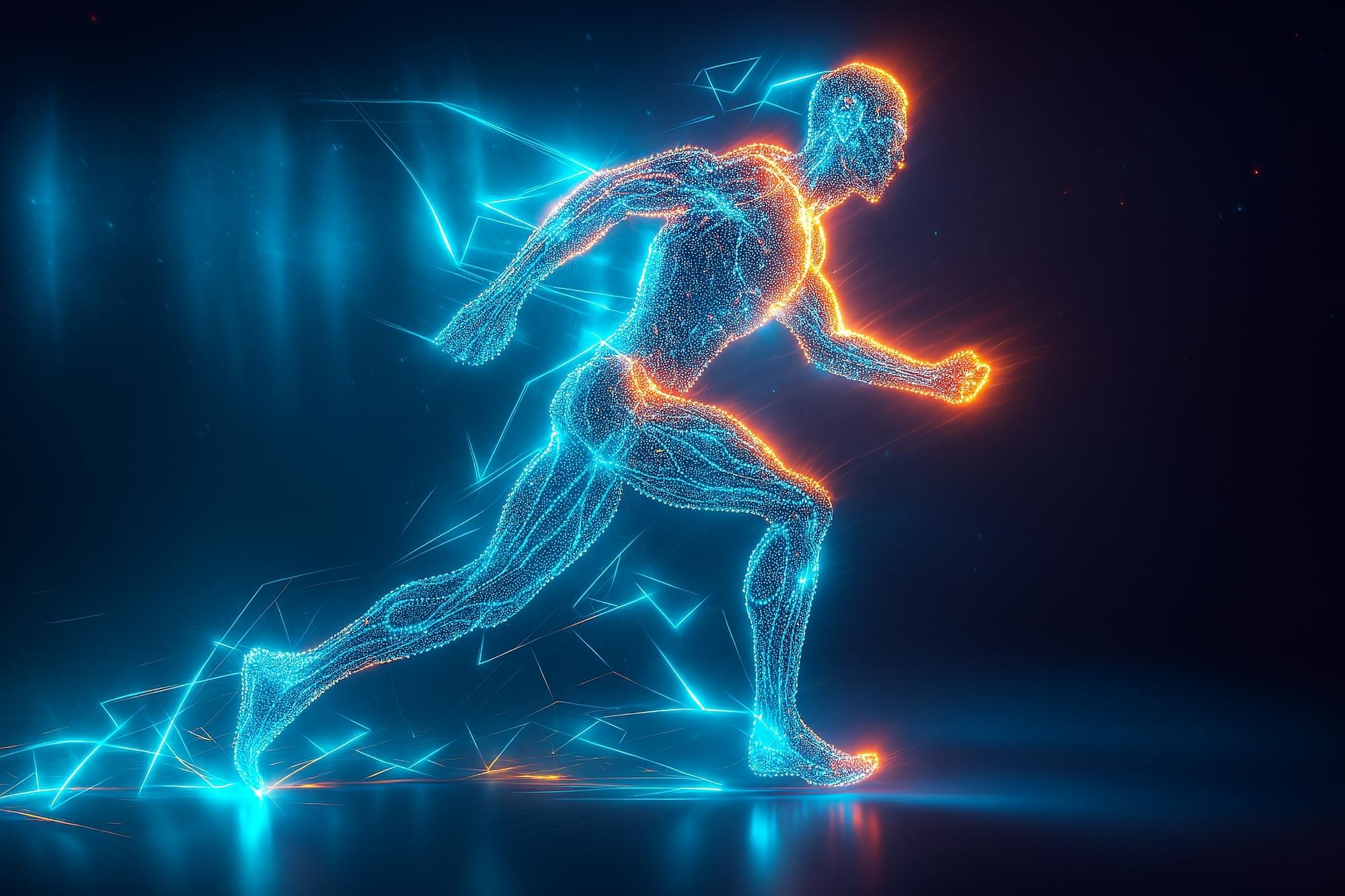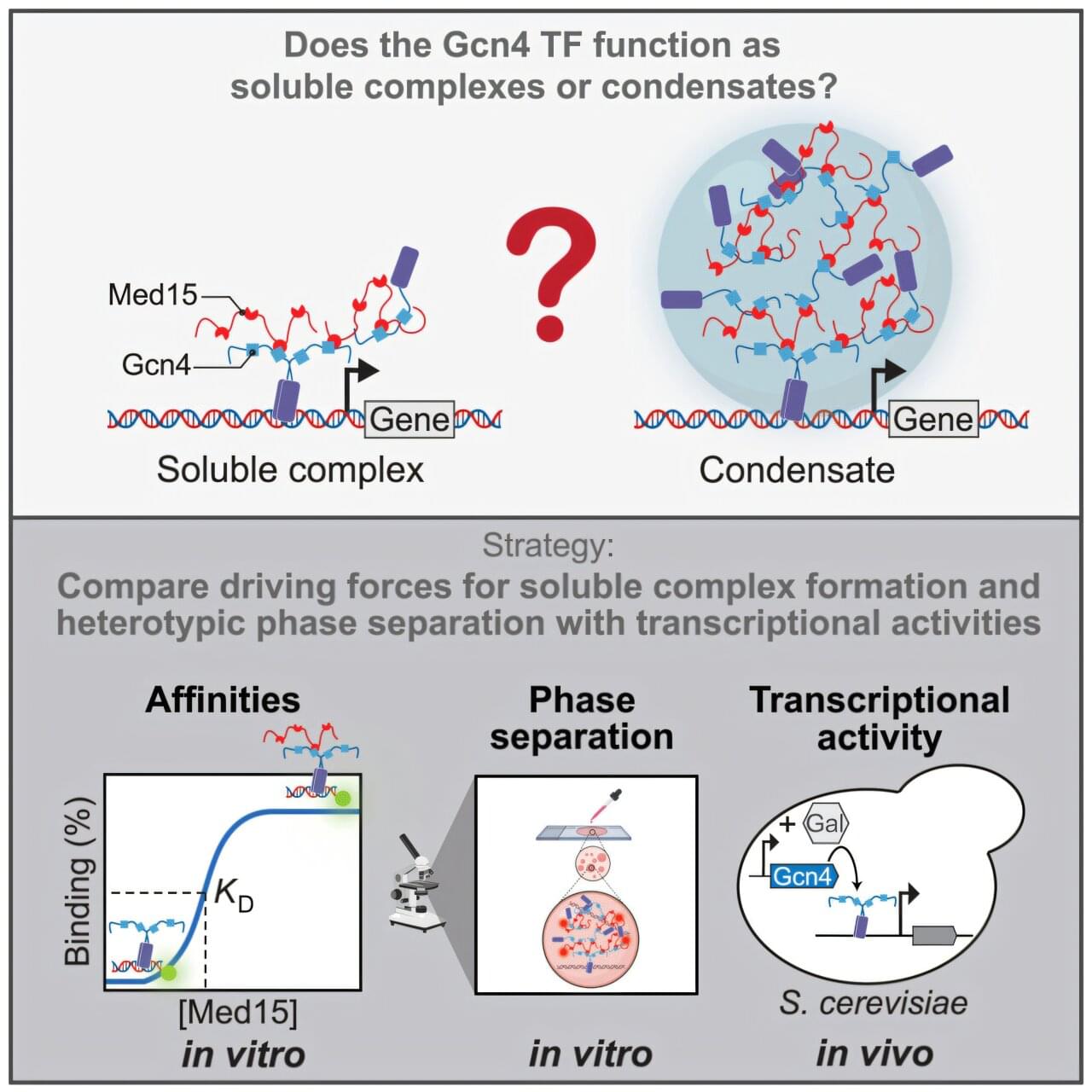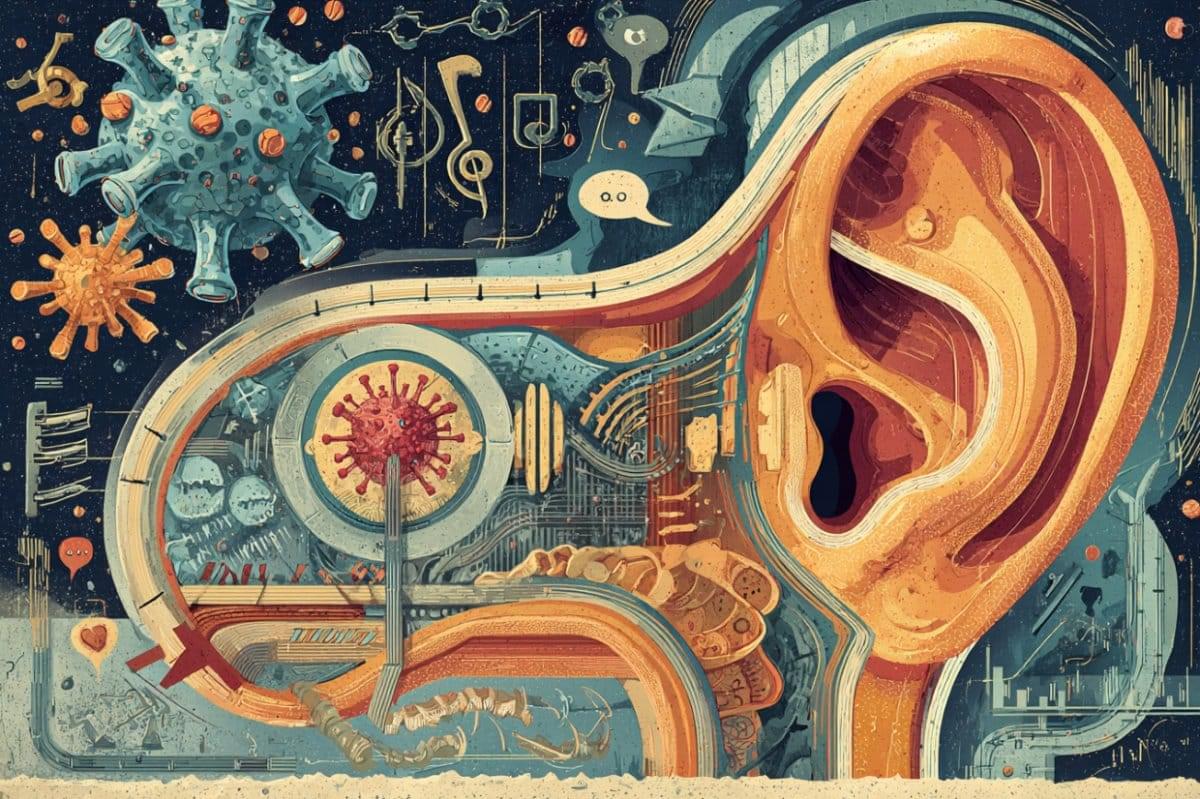David Deutsch, known as the ‘father of quantum computing’, explains how accepting the reality of quantum mechanics means accepting the multiverse.
How are the branches of a multiverse different from each other?
With a free trial, you can watch David Deutsch debate infinity with George Ellis and Sara Walker at https://iai.tv/video/the-edge-of-the-universe?utm_source=You…of-reality.
The many-worlds interpretation of quantum mechanics says that all possible outcomes of quantum measurements are physically realised in different worlds. These many worlds have proved extremely contentious, with critics arguing that they are mere fantasy. In this exclusive interview, leading physicist David Deutsch explains the philosophy behind the many-worlds interpretation and argues that not only is it the best interpretation of quantum mechanics – it is the only interpretation.
#quantum #quantummechanics #quantumphysics #quantumcomputing.
David Deutsch is a theoretical physicist best known as the founding father of quantum computation and as a key figure and advocate for the many-worlds interpretation of quantum mechanics. Deutsch is a Visiting Professor of physics at the Centre for Quantum Computation and the Clarendon Laboratory, Oxford University. Interviewed by Charlie Barnett, Senior Producer at the IAI.







